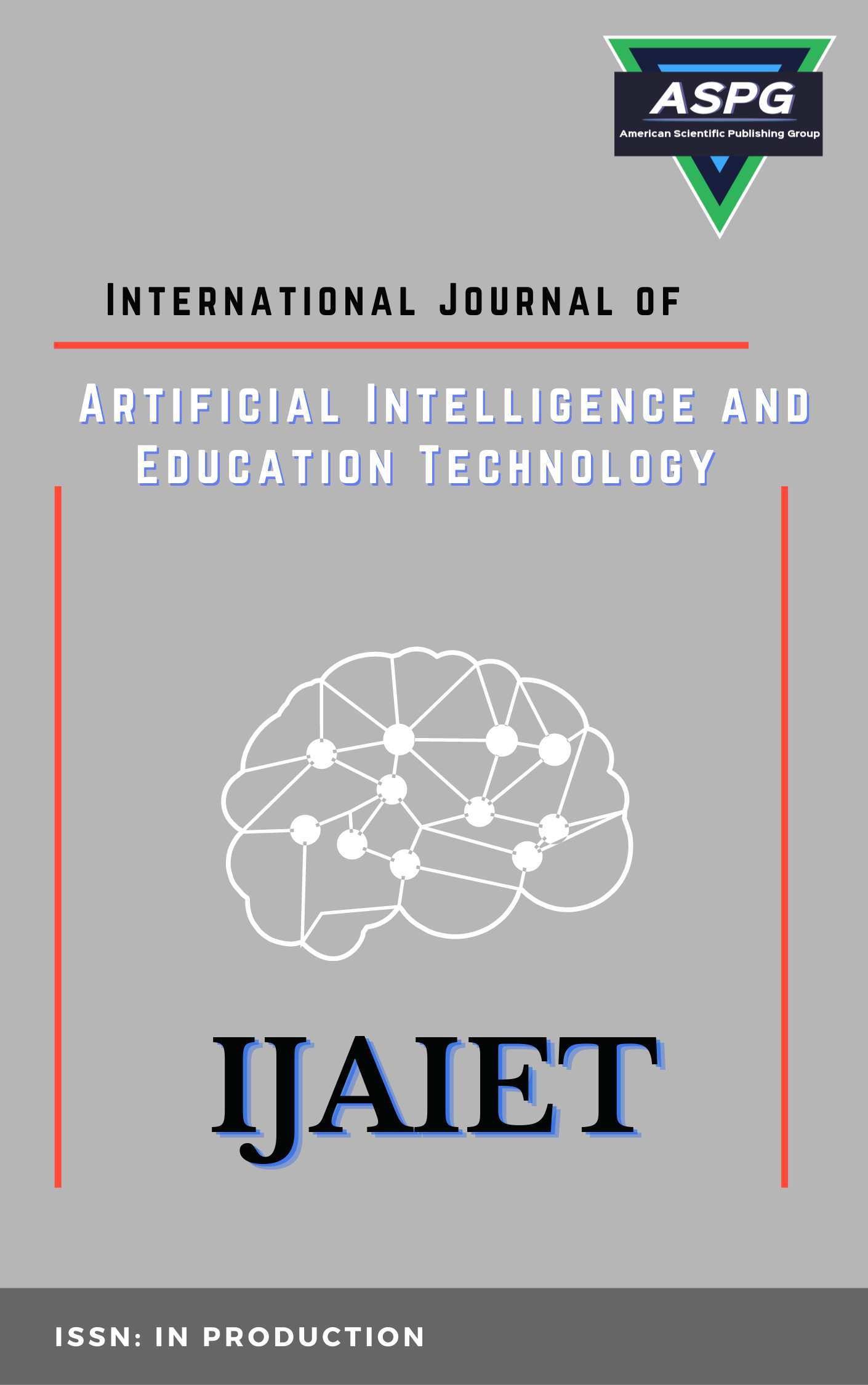

Volume 1 , Issue 1 , PP: 17-24, 2022 | Cite this article as | XML | Html | PDF | Full Length Article
Huda Mubarak Ismail 1 * , Pedram Salehpour 2 , Seyed Hadi Aghdasi Alamdari 3
Doi: https://doi.org/10.54216/IJAIET.010102
The coronavirus has become a global crisis in recent months. The virus has disrupted or shut down many social, economic, sports, scientific, etc. activities. In addition to the medical importance of this Disease, its rapid and accurate diagnosis is an important need. In this study, we proposed a novel method to detect coronavirus using machine learning and classification algorithms based on lung images. In general, the method consists of two steps. At the first step, a convolutional neural network is trained with a data set of lung images that determine whether a viral infection exists or not. In the second step, another network is used to detect if the existence of viral infection is considered coronavirus or not. Experimental tests have been conducted that show the correct diagnosis can be made with 95.8%.
Corona diagnosis , deep learning , convolutional neural networks , lung images.
1. A. Saood and I. Hatem, “COVID-19 lung CT image segmentation using deep learning methods: U-Net
versus SegNet,” BMC Med. Imaging, vol. 21, no. 1, 2021.
2. K. Purohit, A. Kesarwani, D. R. Kisku, and M. Dalui, “COVID-19 detection on chest X-Ray and CT
Scan images using multi-image augmented deep learning model,” bioRxiv, 2020.
3. A. Narin, C. Kaya, and Z. Pamuk, “Automatic detection of coronavirus disease (COVID-19) using Xray
images and deep convolutional neural networks,” Pattern Anal. Appl., vol. 24, no. 3, 2021.
4. S. Albawi, T. A. Mohammed, and S. Al-Zawi, “Understanding of a convolutional neural network,” in
Proceedings of 2017 International Conference on Engineering and Technology, ICET 2017, 2018, vol.
2018-January, pp. 1–6.
5. M. Goyal, R. Goyal, and B. Lall, “Learning Activation Functions: A new paradigm of understanding
Neural Networks,” Arxiv, 2019.
6. C. Bailer, T. Habtegerbrial, K. Varanasi, and D. Stricker, “Fast Feature Extraction with CNNs with
Pooling Layers,” Arxiv, 2019.
7. V. Shah, R. Keniya, A. Shridharani, M. Punjabi, J. Shah, and N. Mehendale, “Diagnosis of COVID-19
using CT scan images and deep learning techniques,” Emerg. Radiol., vol. 28, no. 3, 2021.
8. S. H. Abbood, H. N. Abdull Hamed, M. S. Mohd Rahim, A. H. M. Alaidi, and H. T. Salim ALRikabi,
"DR-LL Gan: Diabetic Retinopathy Lesions Synthesis using Generative Adversarial Network,"
International Journal of Online and Biomedical Engineering(iJOE), vol. 18, no. 3, 2022.
9. A. S. Abdalrada, O. H. Yahya, A. H. M. Alaidi, N. A. Hussein, H. T. Alrikabi, and T. Al-Quraishi, "A
predictive model for liver disease progression based on logistic regression algorithm," Periodicals of
Engineering and Natural Sciences, Article vol. 7, no. 3, pp. 1255-1264, 2019.
10. I. A. Aljazaery, H. T. Salim ALRikabi, and A. H. M. Alaidi, "Encryption of Color Image Based on
DNA Strand and Exponential Factor," International Journal of Online Biomedical Engineering, vol. 18,
no. 3, pp. 101-113, 2022.
11. M. K. Abdul-Hussein and H. Alrikabi, "Evaluation of the Interference’s Impact of Cooperative
Surveillance Systems Signals Processing for Healthcare," International Journal of Online and
Biomedical Engineering(iJOE), vol. 18, no. 3, pp. 43-59, 2022.
12. H. T. ALRikabi and H. T. Hazim, "Enhanced Data Security of Communication System Using
Combined Encryption and Steganography," International Journal of Interactive Mobile Technologies,
vol. 15, no. 16, 2021.
13. M. Al-dabag, H. S. ALRikabi, and R. Al-Nima, "Anticipating Atrial Fibrillation Signal Using Efficient
Algorithm," International Journal of Online and Biomedical Engineering (iJOE), vol. 17, no. 2, pp.
106-120, 2021
14. M. Canayaz, “MH-COVIDNet: Diagnosis of COVID-19 using deep neural networks and metaheuristic-
based feature selection on X-ray images,” Biomed. Signal Process. Control, vol. 64, 2021.